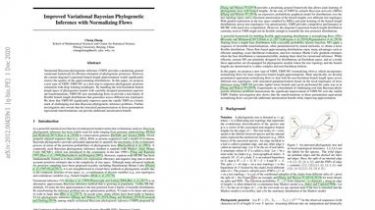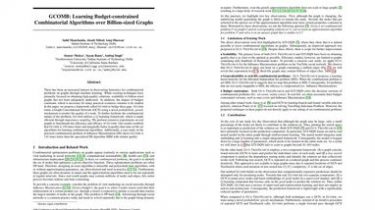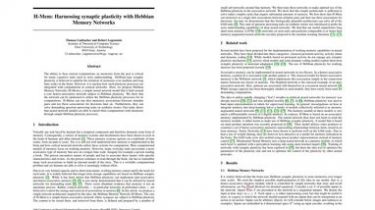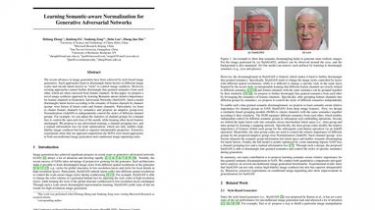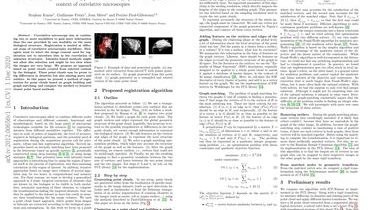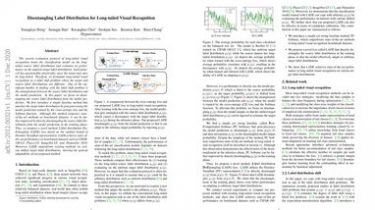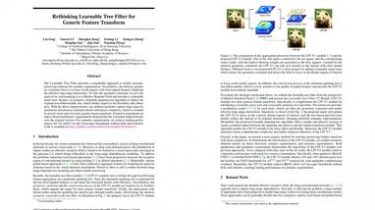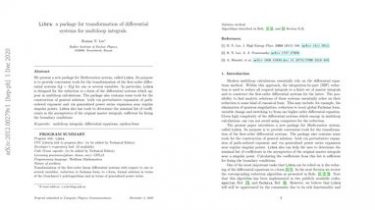Reading and Writing XML Files in Python with Pandas
Introduction XML (Extensible Markup Language) is a markup language used to store structured data. The Pandas data analysis library provides functions to read/write data for most of the file types. For example, it includes read_csv() and to_csv() for interacting with CSV files. However, Pandas does not include any methods to read and write XML files. In this article, we will take a look at how we can use other modules to read data from an XML file, and load it […]
Read more
